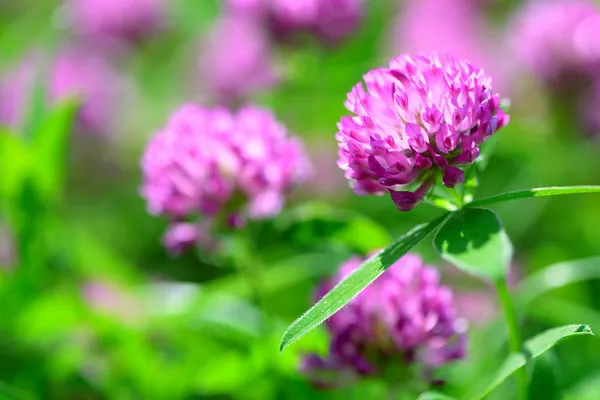Petunias are popular flowering plants known for their vibrant colors and ability to thrive in various climates. Whether you are a seasoned gardener or a beginner, maximizing flower production in your petunia plants can be a rewarding endeavor. This article presents a comprehensive guide on how to achieve abundant blooms in petunias, covering essential aspects such as soil preparation, proper watering techniques, fertilization strategies, and other key considerations.
1. Choosing the Right Petunia Varieties
Selecting the appropriate petunia varieties is a crucial first step in maximizing flower production. Consider factors such as your local climate, sunlight availability, and intended use (e.g., hanging baskets, borders, containers). Petunias are generally classified into two main types: grandiflora (large-flowered) and multiflora (smaller, more abundant flowers). Grandiflora varieties are ideal for containers and borders, while multiflora varieties are suitable for mass planting or hanging baskets.
2. Optimal Sunlight Exposure
Petunias thrive in full sunlight, typically requiring at least six hours of direct sunlight daily. When selecting a planting location, choose an area that receives ample sunlight throughout the day. Insufficient sunlight exposure can lead to reduced flower production and leggy growth. If your garden lacks adequate sunlight, consider using reflectors or mirrors to redirect sunlight onto the plants.
3. Soil Preparation and Maintenance
Preparing the soil properly is crucial for ensuring optimal flower production in petunias. Start by loosening the soil to a depth of 6-8 inches and removing any weeds or debris. Incorporate organic matter, such as compost or well-rotted manure, to improve soil fertility, drainage, and moisture retention. Petunias prefer a slightly acidic soil with a pH level between 6.0 and 6.5. Test the soil pH using a kit available at garden centers and adjust it if necessary.
4. Adequate Watering Techniques
Proper watering is essential for healthy petunia plants and abundant flower production. Water the plants deeply, ensuring the moisture reaches the root zone. However, avoid overwatering, as it can lead to root rot and other diseases. To determine when to water, check the soil moisture by inserting your finger into the soil. If it feels dry to a depth of 1 inch, it’s time to water. Consider watering early in the morning to allow the foliage to dry before evening, reducing the risk of fungal diseases.
5. Fertilization for Flower Enhancement
Petunias are heavy feeders and benefit from regular fertilization. Before planting, incorporate a slow-release fertilizer into the soil according to the package instructions. Once the plants are established, begin applying a water-soluble fertilizer every two to three weeks during the growing season. Look for a balanced fertilizer with equal or higher phosphorus (P) content, as phosphorus promotes flower formation. Avoid over-fertilization, as it can lead to excessive vegetative growth and reduced flowering.
6. Deadheading and Pruning
Regular deadheading, the removal of spent flowers, is essential for promoting continuous blooming in petunias. As the flowers fade, pinch or snip off the entire flower head along with the stem just above a leaf node. This practice prevents seed formation and redirects the plant’s energy towards producing new flower buds. Additionally, occasional pruning can help maintain a compact and bushy shape, as well as stimulate new growth and more flower production.
7. Pest and Disease Management
To ensure optimal flower production, it’s crucial to protect your petunias from common pests and diseases. Regularly inspect your plants for signs of aphids, spider mites, or caterpillars, and take appropriate measures, such as using insecticidal soap or organic insecticides, to control infestations. To prevent fungal diseases, avoid overhead watering, provide proper spacing between plants for air circulation, and consider applying preventive fungicides following the product instructions.
8. Temperature and Environmental Considerations
Petunias thrive in moderate temperatures, typically between 60-75°F (15-24°C). Extreme heat or cold can adversely affect flower production. If temperatures rise above 85°F (29°C), provide shade during the hottest part of the day or consider using heat-tolerant varieties. Similarly, protect the plants from frost or chilly temperatures by covering them or moving containers indoors.
9. Consistent Maintenance and Care
Regular monitoring and maintenance are key to ensuring healthy petunia plants and abundant flower production. This includes removing weeds, monitoring for signs of pests or diseases, and promptly addressing any issues. Regularly check soil moisture, adjust watering as needed, and fertilize at appropriate intervals to provide ongoing nourishment to the plants.
10. Experimentation and Enjoyment
Gardening is a creative process, and each garden presents a unique environment. While this guide provides essential techniques for enhancing flower production in petunias, don’t hesitate to experiment and adapt to the specific needs of your garden. Enjoy the process of nurturing your petunias and witnessing the rewards of your efforts as they bloom profusely, adding beauty to your outdoor spaces.
In conclusion, by selecting the right varieties, providing optimal sunlight exposure, preparing the soil correctly, implementing proper watering and fertilization techniques, practicing deadheading and pruning, managing pests and diseases, considering temperature and environmental factors, and maintaining consistent care, you can significantly enhance flower production in petunias. With these strategies in place, you can create a stunning display of vibrant blooms that will bring joy and color to your garden throughout the growing season.


